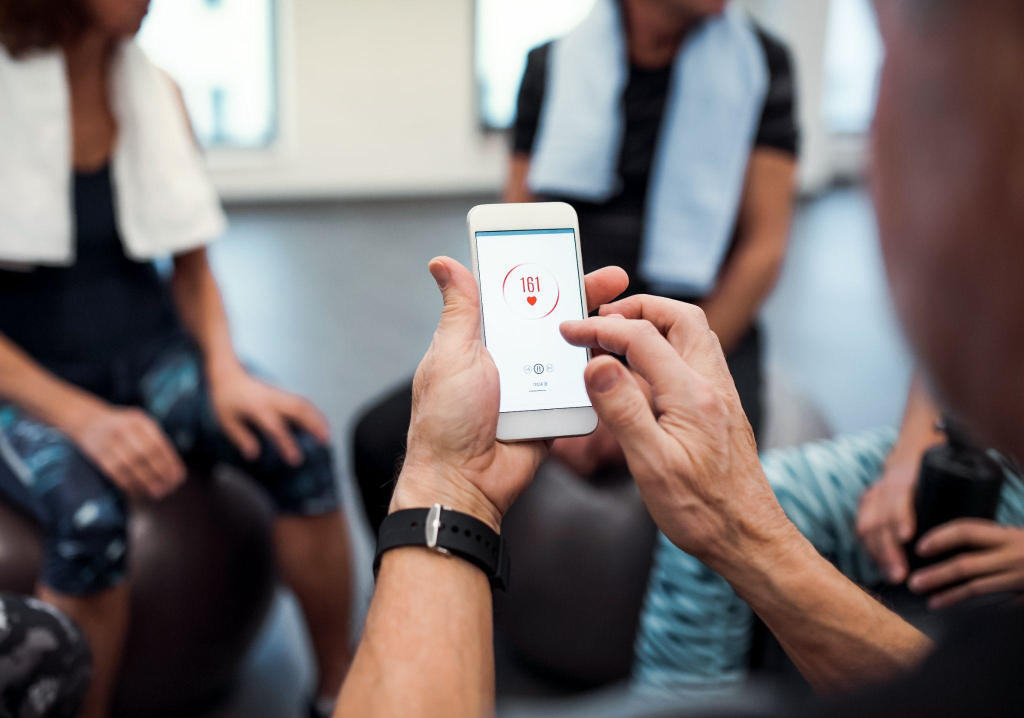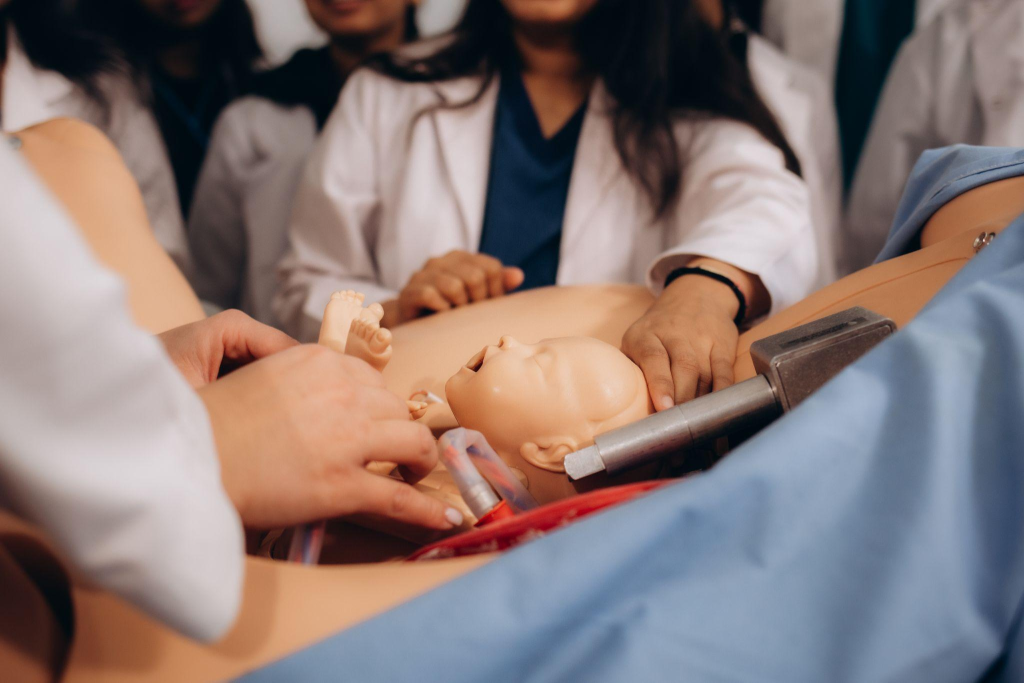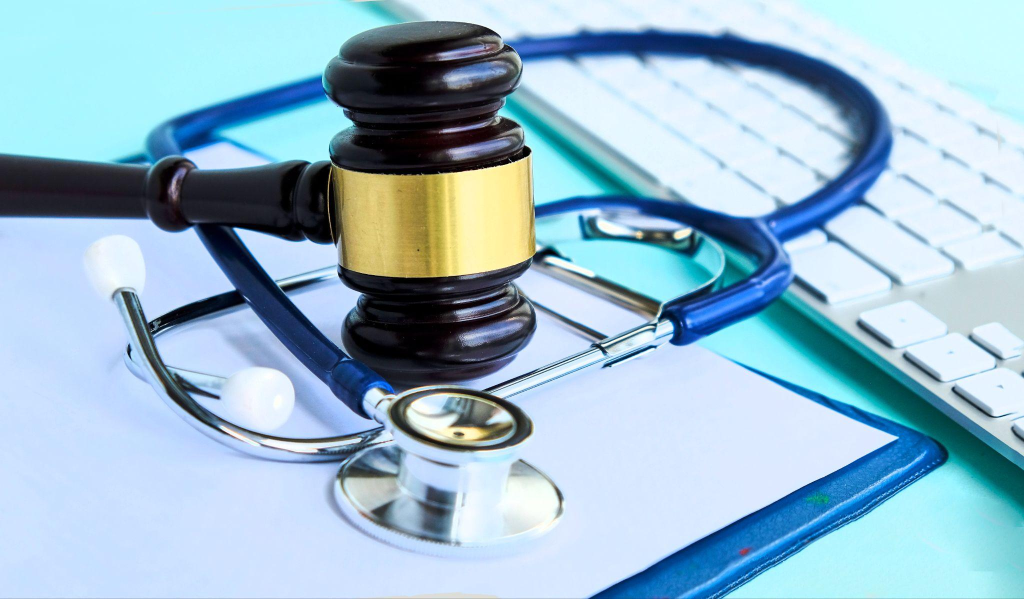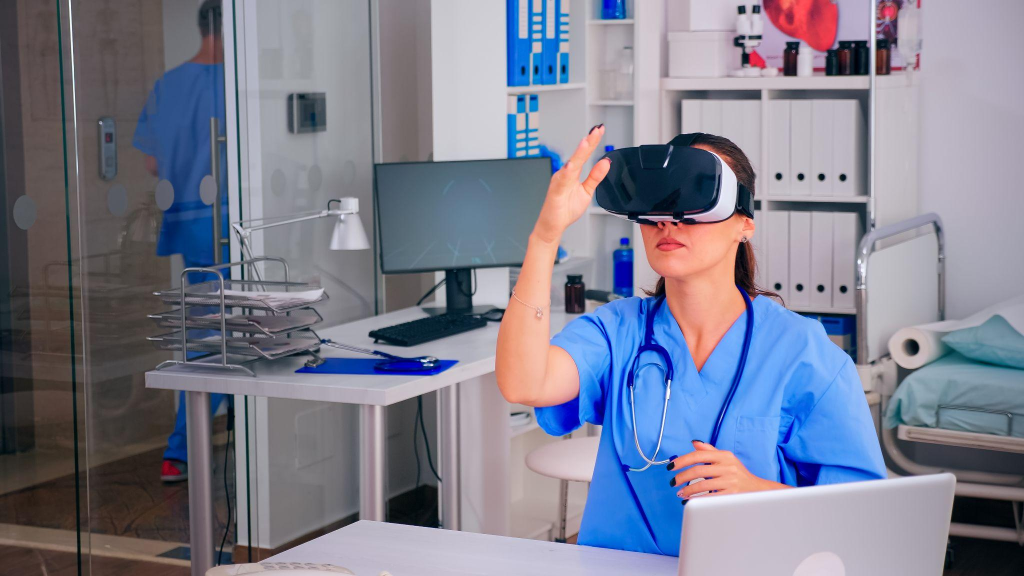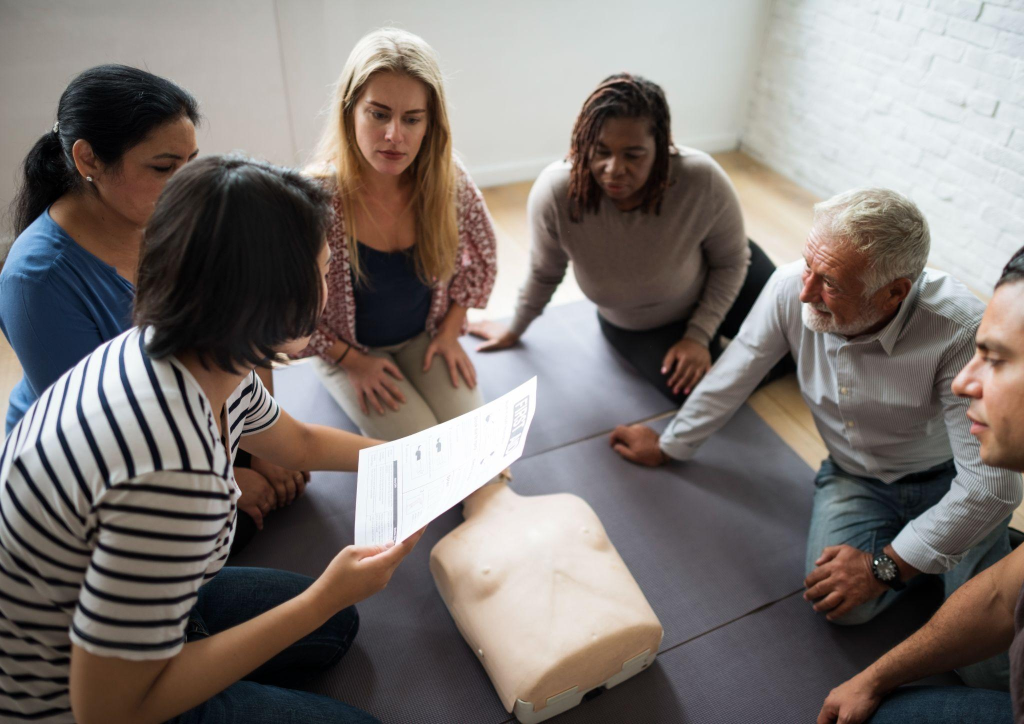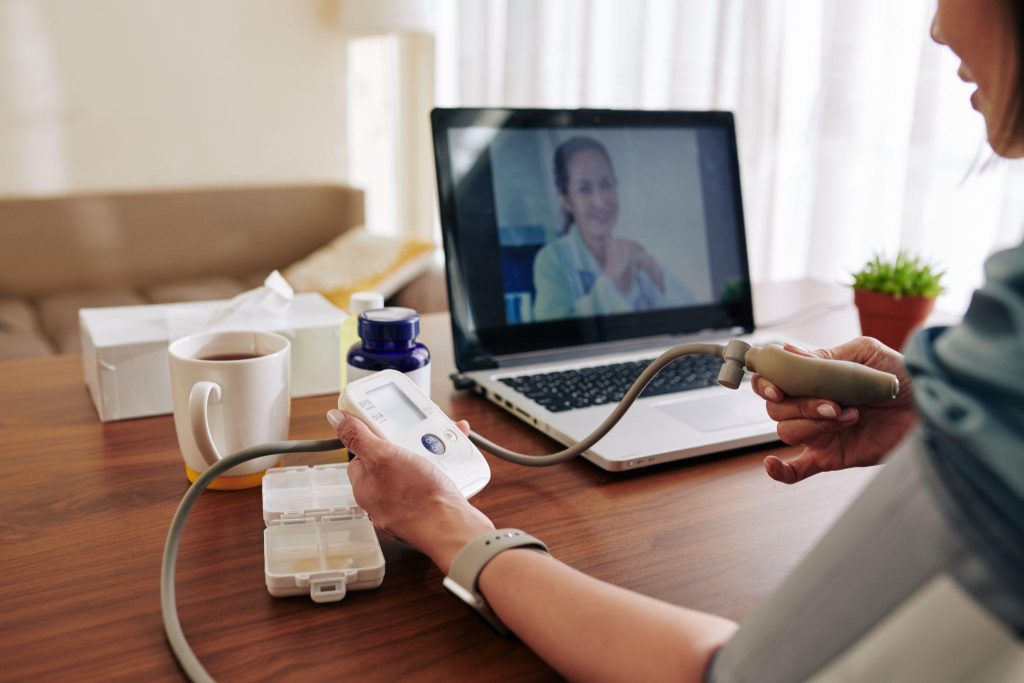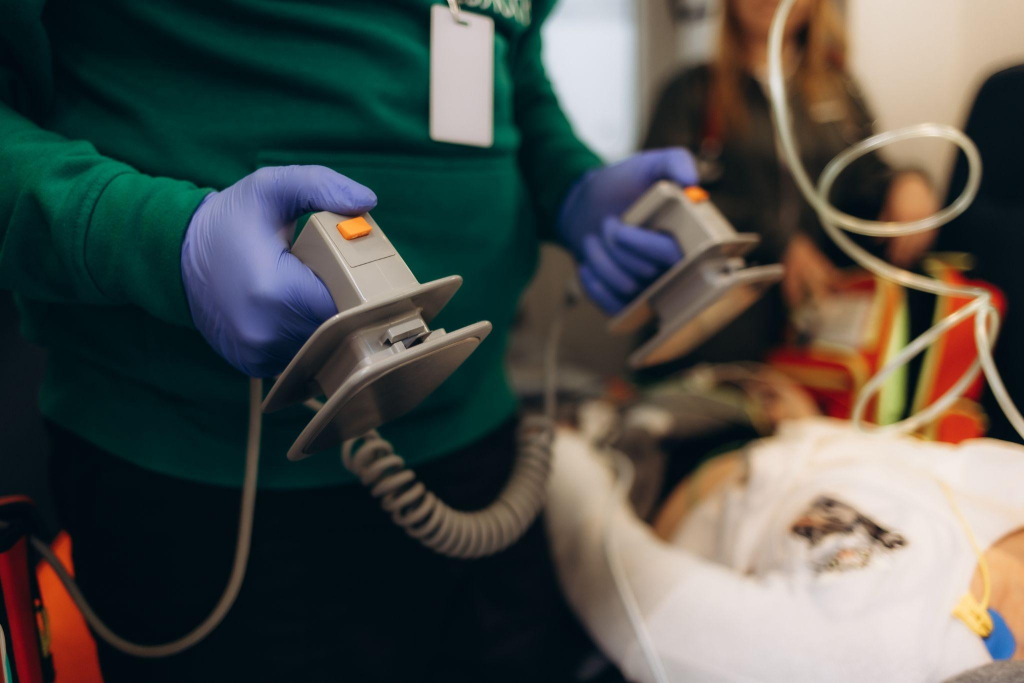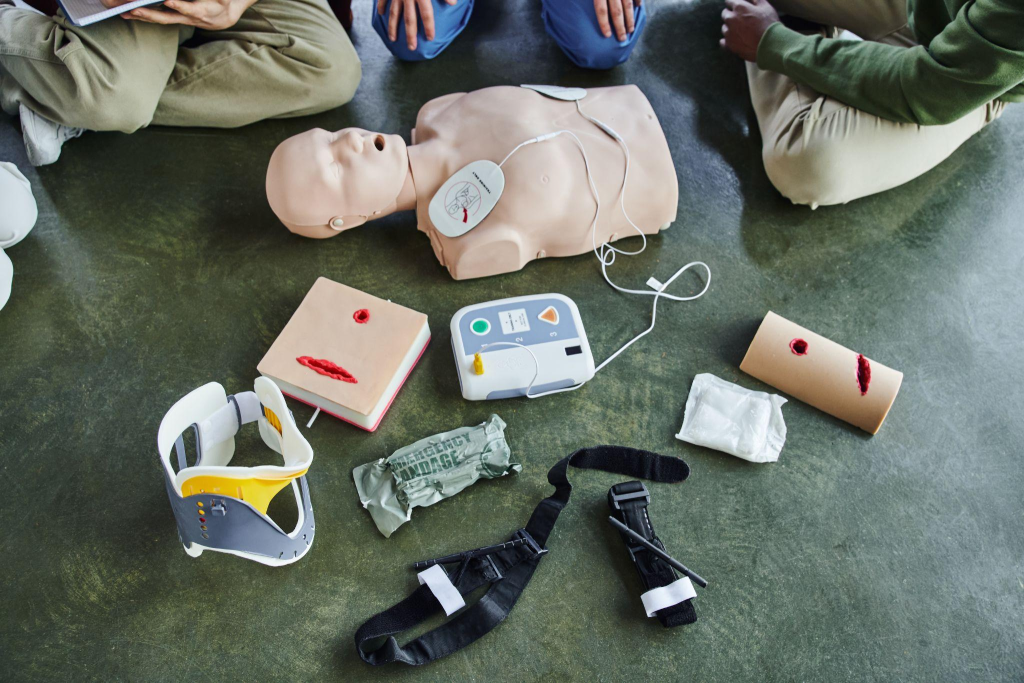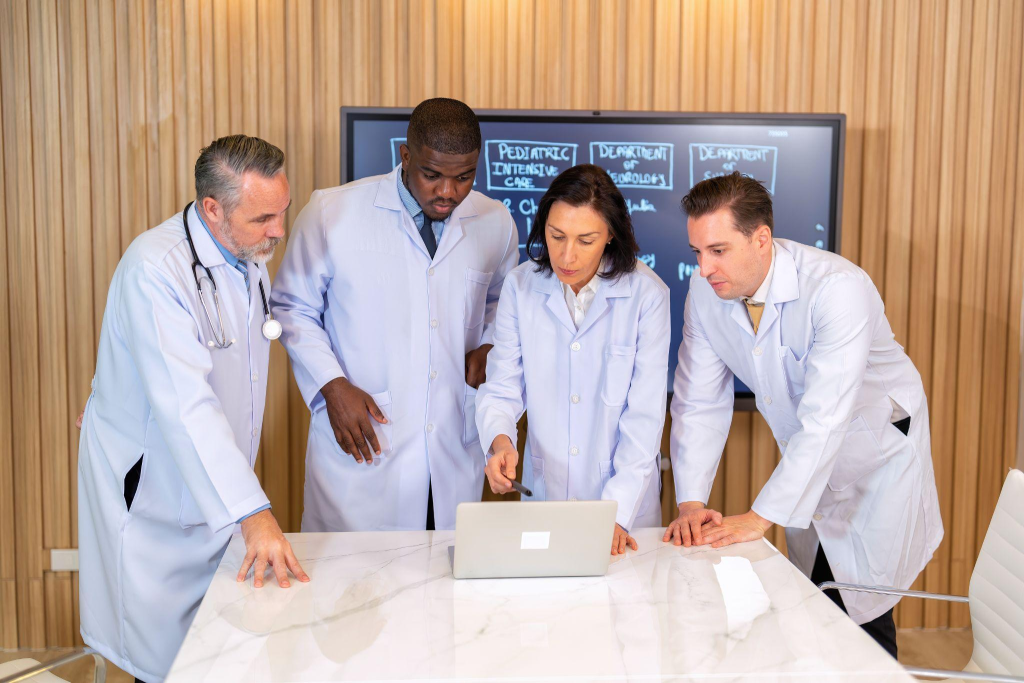Advanced Cardiovascular Life Support (ACLS) training is a critical component of healthcare education, equipping medical professionals with the skills and knowledge needed to respond effectively to life-threatening cardiac emergencies. As technology continues to evolve at a rapid pace, it is transforming the landscape of ACLS training, offering innovative solutions that enhance learning experiences and improve patient outcomes.
From immersive virtual reality simulations to AI-powered real-time feedback, these cutting-edge tools are revolutionizing the way healthcare professionals acquire and maintain their ACLS skills. By leveraging technology, educators can create dynamic, engaging training environments that closely mimic real-life scenarios, allowing participants to practice and refine their techniques in a safe, controlled setting.
As the demand for efficient and effective ACLS training grows, it is essential for medical professionals to stay informed about the latest technological advancements in this field. By incorporating these innovations into their training programs, healthcare providers can ensure that they are delivering the highest quality of care to their patients during critical, life-saving moments.
Virtual Reality Simulations
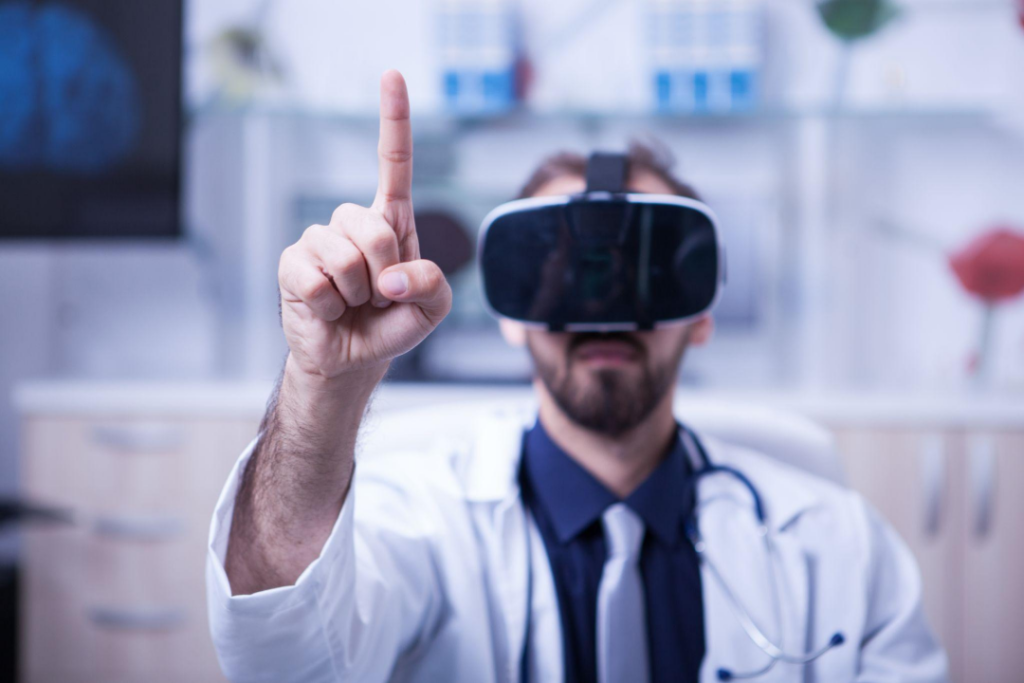
Virtual reality (VR) technology is revolutionizing ACLS training by providing immersive learning experiences that closely mimic real-life emergency situations. By donning a VR headset, participants can engage in realistic scenarios that test their knowledge, skills, and decision-making abilities in a safe, controlled environment. These dynamic, interactive training sessions allow learners to experience the high-pressure, fast-paced nature of cardiac emergencies without putting actual patients at risk.
One of the key benefits of VR simulations is the ability to create customizable scenarios that cater to the specific needs and skill levels of individual learners. Educators can design diverse, tailored training modules that expose participants to a wide range of situations, from common cardiac arrest cases to rare, complex cardiovascular emergencies. This ensures that learners are well-prepared to handle any situation they may encounter in real life.
In addition to providing realistic, immersive experiences, VR simulations also facilitate skill development through repetitive practice. Participants can engage in the same scenario multiple times, refining their techniques and building muscle memory in a way that is not always possible in traditional training settings. This repetition helps to improve response times, reduce errors, and increase confidence, ultimately leading to better patient outcomes.
VR technology is not only transforming the way ACLS training is delivered but also making it more accessible, as part of transformative technologies in healthcare. With the increasing availability of affordable VR headsets and the development of user-friendly platforms, healthcare professionals can now access high-quality ACLS training from anywhere in the world. This is particularly beneficial for those in remote or underserved areas who may not have access to traditional, in-person training opportunities.
As VR continues to advance, it is poised to become an integral part of ACLS education. By leveraging the power of immersive, interactive learning experiences, healthcare professionals can acquire and maintain the skills needed to provide life-saving care during cardiac emergencies. The integration of VR technology into ACLS training programs, such as those offered by Affordable ACLS, represents a significant step forward in ensuring that medical professionals are well-equipped to handle the challenges of real-world emergency situations.
AI-Powered Real-Time Feedback
Incorporating artificial intelligence (AI) into ACLS training introduces a groundbreaking method for delivering immediate performance insights, vital for skill enhancement. AI systems scrutinize elements such as compression depth, rate, and hand positioning, providing instantaneous feedback. This real-time data allows learners to adjust their techniques promptly, ensuring each session is closely aligned with real-world emergency requirements.
Instant Performance Metrics
With AI-driven insights, ACLS training now offers continuous assessments that spotlight areas needing improvement while reinforcing correct techniques. This feedback loop deepens the learner’s grasp of ACLS intricacies. For example, real-time notifications can correct deviations in compression depth, fostering muscle memory through practice. Such responsive systems ensure learners are constantly aware of their performance, creating an environment of perpetual skill refinement.
AI’s capabilities extend beyond basic metrics to include complex analyses like synchronization of chest compressions with ventilation timing, as highlighted in emerging technologies in healthcare management systems. This detailed feedback enables participants to elevate their skills systematically, focusing on specific areas needing attention.
Personalized Learning and Adaptive Difficulty
AI’s adaptive learning capabilities go further by tailoring training experiences to each individual’s needs. By analyzing performance data, AI adjusts scenario difficulty, increasing complexity as the learner progresses. This dynamic adjustment prevents participants from becoming overwhelmed or under-challenged, keeping engagement levels high throughout the training.
Customized learning paths designed by AI address each learner’s specific weaknesses. For example, if a participant has difficulty maintaining the correct compression rate, the AI assigns targeted scenarios to improve this skill. This targeted approach speeds up skill acquisition by concentrating efforts on areas needing the most improvement, enhancing overall competency. This results in a more effective learning process, preparing healthcare providers to deliver exceptional care in real emergencies.
Mobile Apps and Wearable Devices
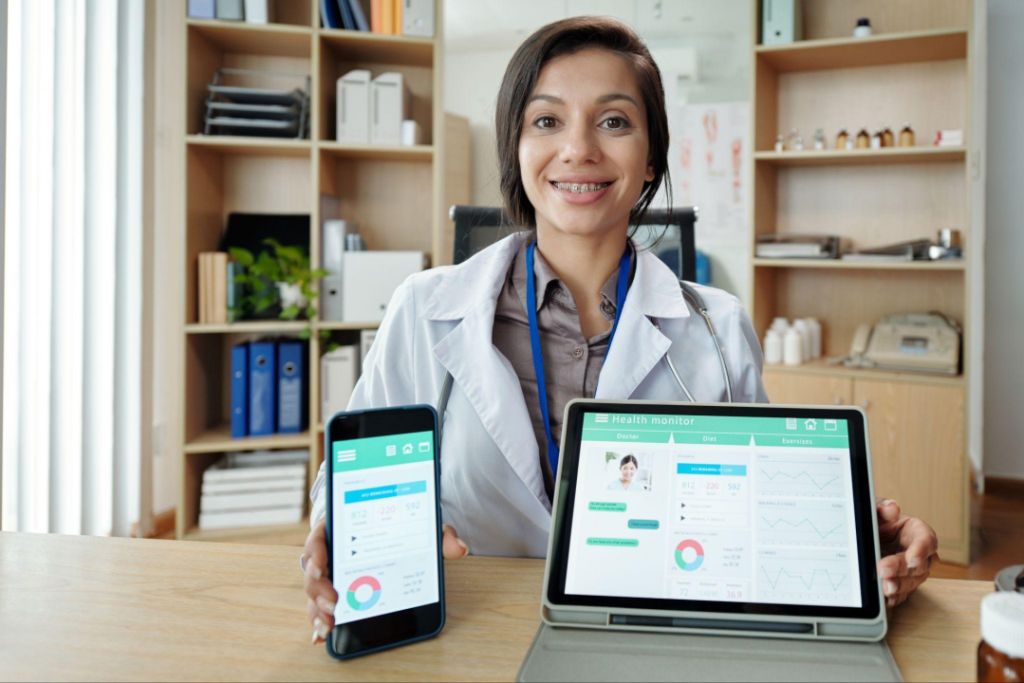
The latest advancement in ACLS training involves the seamless integration of mobile applications and wearable technology, transforming how healthcare professionals acquire and refine their skills. These technologies offer innovative solutions that cater to the dynamic needs of medical practitioners, ensuring effective learning without the limitations of traditional environments.
Accessible Training on the Go
Mobile applications are reshaping the learning landscape by providing healthcare professionals with instant access to a comprehensive range of educational resources, as detailed in this overview of healthcare technology and its applications. Through smartphones and tablets, learners can immerse themselves in interactive modules, participate in virtual simulations, and stay informed with up-to-the-minute updates on protocols and guidelines. Such flexibility is crucial for medical staff who require adaptable learning solutions amidst their busy schedules.
In tandem, wearable devices enhance this accessibility by offering detailed data on user performance during practice sessions. Smart technology, such as fitness bands and monitoring devices, provides insights into aspects like compression quality and rhythm consistency, enabling users to make informed adjustments immediately. This synergy of mobile and wearable tech ensures that practitioners are consistently refining their skills in alignment with the latest medical standards.
Gamification and Engagement
Gamification introduces a dynamic element to ACLS training, converting conventional learning into an engaging experience that stimulates motivation. Through the integration of game-based features, such as progress tracking and achievement badges, learners are encouraged to engage consistently with the material, fostering a competitive yet supportive learning environment.
Leaderboards and achievement systems enhance this engagement by promoting a community of practice among learners. By sharing progress and achievements, participants can exchange strategies and foster a collaborative spirit. This approach not only makes the learning process enjoyable but also reinforces the practical application of skills, ensuring that healthcare professionals remain adept and prepared for real-world emergencies.
Enhanced Debriefing with Video Review
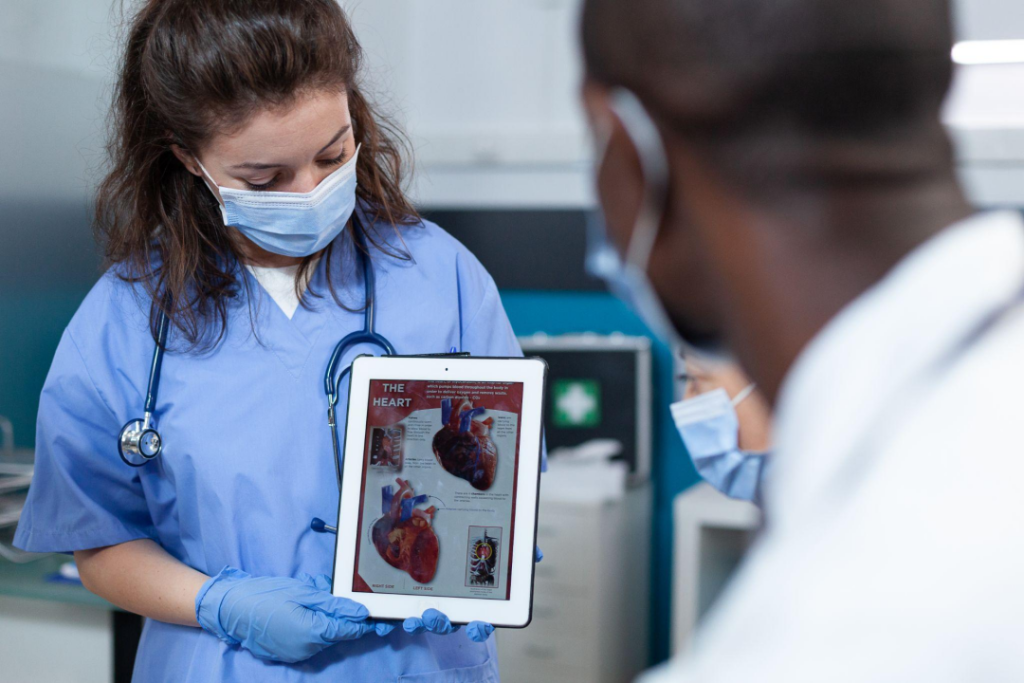
The integration of video review in ACLS training serves as a formidable tool for refining the debriefing process, offering a comprehensive and unbiased look at performance during simulations. These recordings capture the entirety of simulated scenarios, providing a granular view of actions and decisions. This technology empowers both instructors and learners to conduct in-depth analyses of performance, identifying nuances that might be missed in the immediacy of live sessions. Through these reviews, participants can gain a deeper understanding of their clinical reasoning and procedural execution, spotlighting specific areas for improvement.
Objective Performance Analysis
Video debriefing offers a unique advantage by delivering an unprejudiced perspective on training exercises. When analyzing footage, learners and trainers can objectively evaluate actions and decisions, uninfluenced by the limitations of memory or subjective perception. This clarity allows for a more accurate assessment of skills and areas requiring enhancement. For instance, video review can highlight subtle discrepancies—such as the precision of hand placement or the timing of interventions—that may not be apparent during real-time assessments. This meticulous analysis provides feedback that is both precise and directly linked to observable performance.
Moreover, video review facilitates the quantification of key performance metrics, including the duration of pauses in compressions or the efficiency of equipment use. These measurable insights enable participants to monitor their progress over time, establishing clear targets for ongoing improvement. The ability to revisit scenarios repeatedly ensures that learners can internalize constructive feedback, applying it to future practice sessions for sustained skill development.
Collaborative Learning and Reflection
Video-assisted debriefing creates a collaborative environment that encourages open dialogue and shared learning among participants, showcasing one of the ways technology is reshaping healthcare. These group sessions provide an opportunity for exchanging insights and strategies, fostering a culture of collective learning. By analyzing footage together, team members can pinpoint best practices and cultivate a mutual understanding of effective ACLS interventions.
The reflective approach of video debriefing promotes a culture of continuous advancement. As participants review their actions alongside their peers, they become more attuned to the subtleties of ACLS protocols, enhancing their confidence in managing emergencies. This process not only bolsters individual proficiency but also strengthens team cohesion, as members learn to communicate and coordinate more effectively under pressure. Integrating video review into ACLS training represents a significant progression in educational practices, empowering medical professionals to refine their skills, embrace collective learning, and deliver superior care in critical situations.
Remote Proctoring and Certification
The introduction of remote proctoring in ACLS certification marks a transformative development in how exams are conducted, offering unparalleled flexibility and accessibility. This method allows healthcare professionals to complete their certification tests from any location with internet connectivity, effectively removing the need for physical attendance at testing centers. This approach not only saves time and reduces travel expenses but also accommodates the demanding schedules of medical practitioners, particularly those in remote or underserved regions, by facilitating uninterrupted certification processes.
Flexible, Convenient Testing
Remote proctoring systems employ cutting-edge technology to provide a seamless examination experience, as demonstrated in the applications of healthcare technology by IBM. Participants can select exam times that best suit their personal and professional obligations, making the certification process adaptable to individual needs. This flexibility is crucial for continuous professional development, as it enables medical staff to update their credentials without hindering their clinical duties. By allowing learners to engage with the material at their own pace, remote testing not only simplifies the certification journey but also promotes a more thorough grasp of ACLS protocols and guidelines.
Secure, Reliable Assessments
To maintain the integrity of remote certification, advanced security measures are in place to ensure a trustworthy assessment environment. Techniques such as biometric verification and encrypted access protocols confirm participant identities and safeguard against fraudulent activities. Ongoing surveillance during exams prevents malpractice, ensuring the credibility of the certification. Additionally, the consistent application of standardized testing conditions provides a level playing field for all candidates, reinforcing the legitimacy and reliability of the assessment process. This robust system guarantees that certified professionals possess the necessary skills and knowledge to deliver high-quality emergency care.
As technology continues to revolutionize ACLS training, it is crucial for healthcare professionals to embrace these advancements to provide the highest quality of care during life-threatening emergencies. By leveraging cutting-edge tools and innovative learning methods, we can ensure that medical practitioners are well-equipped to handle the challenges of real-world cardiac emergencies. Purchase your certification or recertification course today and join us in our mission to save lives through exceptional ACLS education.

